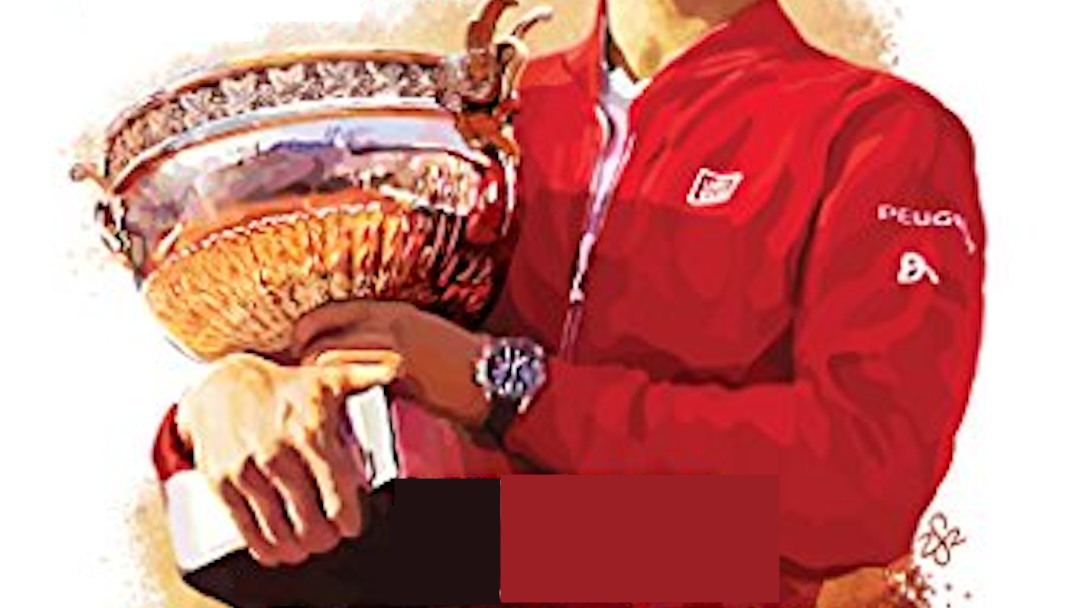Tennis journalist and historian, Richard Evans, approached John McEnroe about collaborating on a biography in 1981. It was a scant three years into his professional career. McEnroe initially demurred, saying “How about waiting until I grow up first?” At the time, McEnroe was already ensconced as a tennis legend. Depending on your perspective, his tennis accolades were either overshadowed or enhanced by his explosive behavior on the court.
McEnroe: A Rage for Perfection is a close up examination of the earliest professional playing days of the tennis superstar. The portrait that emerges is a player struggling to understand why people were often offended by his behavior. At the same time, he exhibited the self-awareness that his antics sometimes crossed the line. McEnroe clearly understood that he needed to find a way to harness his emotions and actions on the court.
Evans describes McEnroe as a very complex person with an overly simplistic view of the differences between right and wrong. He is intolerant of errors in absolute black and white situations, such as line calls and interpretations of the rules of tennis. He was mystified at how people reacted to his vehemence and passion when pointing out mistakes of this nature.
Even during the earliest days of his career, McEnroe was already sensitive about his image. In fact when asked if he could change one thing about himself, it was exactly that. However, he was arguably the first player in tennis whose marketability was enhanced by a seemingly negative public perception. His young career was already marked by passionate fans who felt that McEnroe was treated unfairly by the tennis establishment. He was eminently bankable.
A Rage for Perfection includes deep dives into some of the noteworthy episodes in McEnroe’s early career. A wealth of detail is provided on events that are usually condensed into single paragraphs in his later biographies. For example, Evans spends several pages detailing the precise timelines and communication that resulted in the All England Club disinviting McEnroe from the Champions ball after he won his first title there.
Similarly, the origins of the enmity between McEnroe and Bill Scanlon that emerged during this period are explored as a recurring theme. In fact Scanlon’s own autobiography, Bad News for McEnroe, even contains a quote from A Rage for Perfection on the back cover. The ill-will between the two players is an interesting case study in competitive interpersonal relationships on the professional tour.
Ted Tinling, the tennis protocol expert and fashion designer, summed up McEnroe at this stage in his career. “He is a divisive force in our little world because he forces people to take positions that they would rather not take.” The same can be said for other currently divisive figures in professional tennis.
There is no better time than the present to revisit McEnroe: A Rage for Perfection.
 | McEnroe: A Rage for Perfection |



